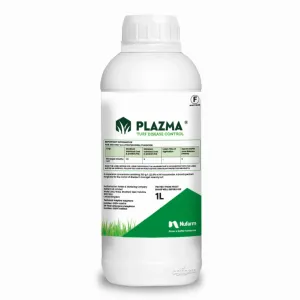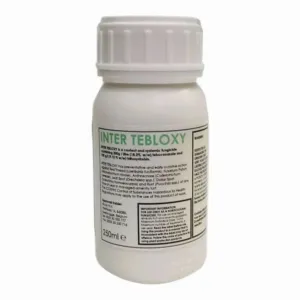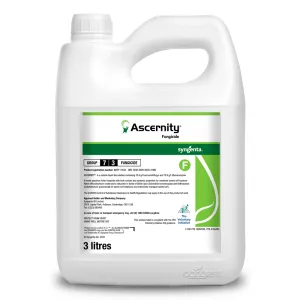What is Fusarium Patch?
Fusarium Patch is a turf disease caused by the fungus Microdochium nivale. A damaging and difficult disease to control, Fusarium Patch affects all grass species in the UK, particularly Poa Annua (Annual Meadow Grass). The fungus infects grasses by getting into the stomata or through open wounds. This disease can survive on infected plants and thatch and is spread by water and wind blowing infected debris around.
Symptoms & Occurrence:
Fusarium Patch normally occurs when there is persistent humidity and a moist leaf surface. High Nitrogen and high pH also make it worse.
The symptoms are orange/brown spots that slowly get bigger and merge into big patches. When it is active there is a paler slimy centre to the patches, and you can sometimes see the mycelium. Once inactive they are pale dry and there are no mycelium present.
Control:
To control Fusarium Patch use moisture control, eg switching dew off, using a dew suppressant, correct fertiliser applications so not to put too much Nitrogen down at high disease pressure times of the year, remove clippings and if a fungicide is needed use azoxystrobin, fludioxonil, tebuconazole, trifloxystrobin or pyraclostrobin.
We recommend using a specialist turf fungicide such as Plazma or Inter Tebloxy. This contact and systemic tuft fungicide both cures and prevents a number of turf diseases, including Fusarium Patch.
For more information on controlling Fursarium Patch, please get in touch with our sales team on 01522 246491.










